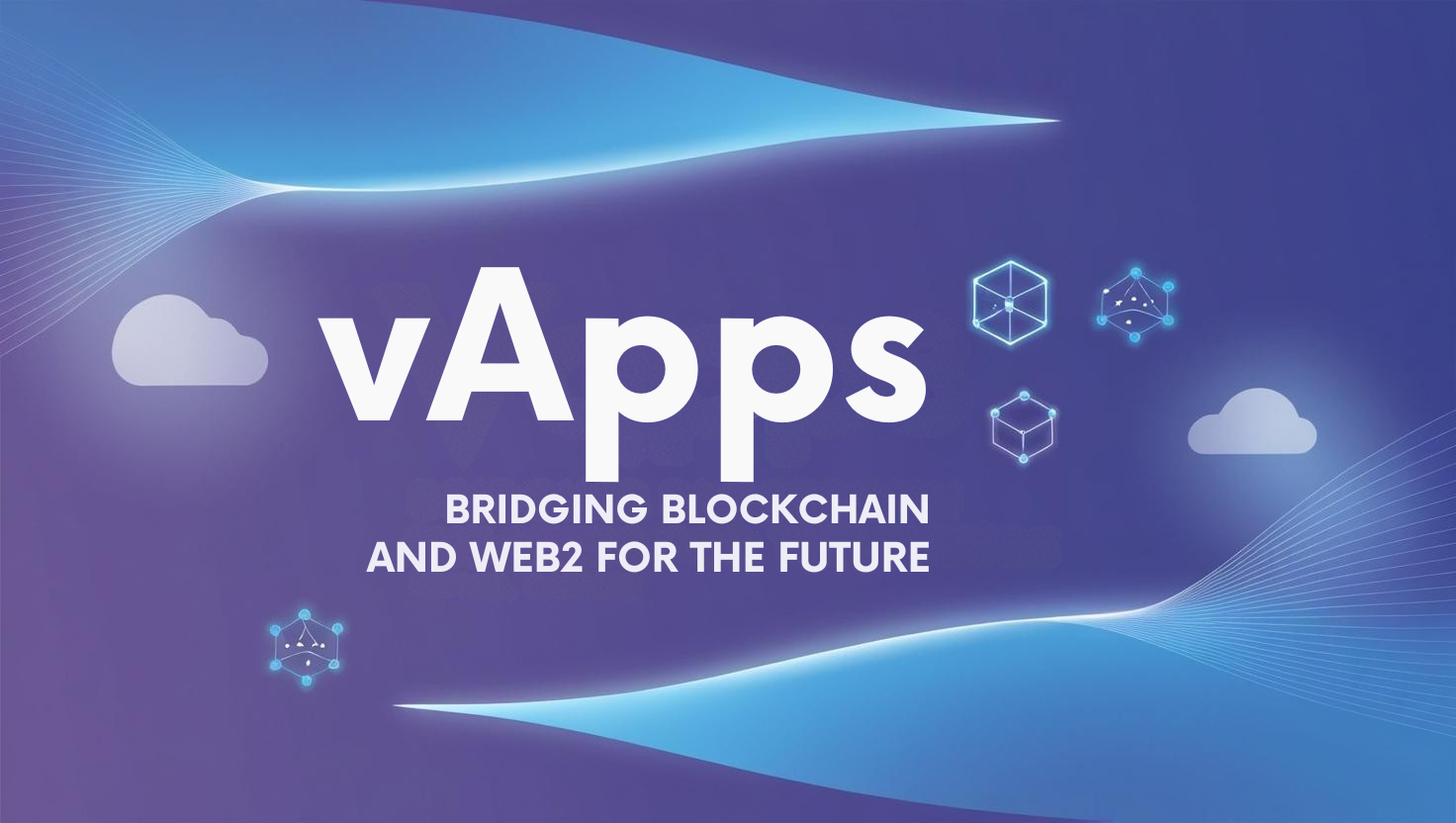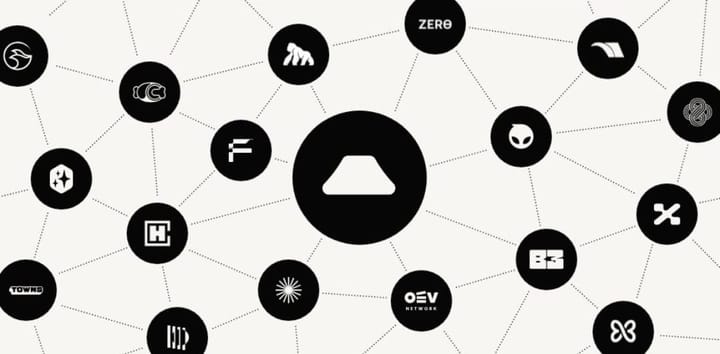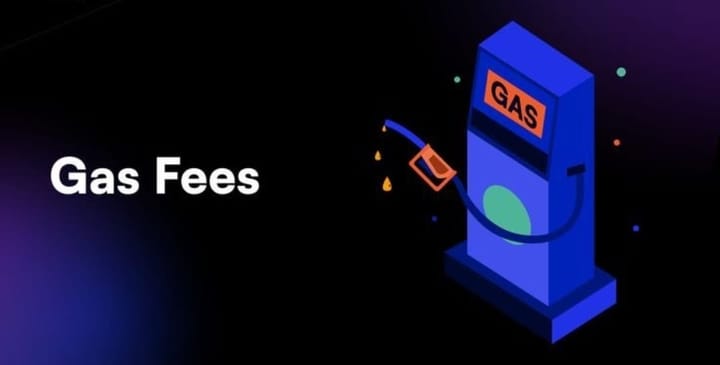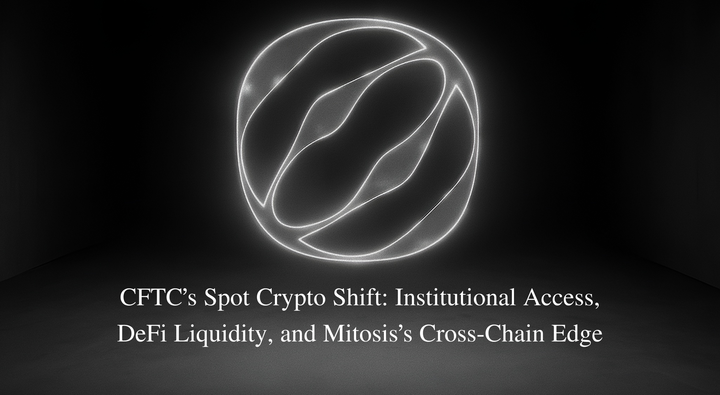vApps: Bridging Blockchain and Web2 for the Future

🛠️ Introduction: Building on the Promise of zkVMs
In a previous deep dive, we explored how Zero-Knowledge Virtual Machines (zkVMs) unlock the scalability and trustlessness needed for Web3 to reach internet-scale adoption. zkVMs, through innovations like Succinct’s SP1, slash computational overhead, accelerate proof generation, and enable efficient, verifiable applications.
The next natural question is: How we build on this foundation?.
That’s where vApps — Verifiable Applications — comes in, offering a new framework from LayerZero Labs and Succinct, designed to make applications verifiable, modular, and scalable across the internet.
In this article, we’ll break down what vApps are, why they matter for both Web2 and Web3, how they simplify development with unified environments, and why they mirror the successful, modular design of the early internet.
(Some insights are drawn directly from the vApps whitepaper by LayerZero Labs and Succinct, linked in the sources at the end for deeper exploration.)
Unlike traditional decentralized applications (dApps) that are often confined to single chains or require cumbersome customizations for every network, vApps are fully verifiable, cross-chain applications built to operate at internet scale. Powered by zkVMs (Zero-Knowledge Virtual Machines), proof aggregation, and recursive SNARKs, vApps allow developers to build applications that can:
- Prove correctness of execution across any blockchain
- Aggregate multiple proofs from multiple sources into a single compact proof
- Enable users to interact with apps trustlessly, even if the apps span several chains
vApps aren't just about better performance. They're about redefining how trust, computation, and applications flow across the internet, creating a world where users no longer need to "trust" apps — they can verify them effortlessly

🌍Real-World Possibilities
Because vApps enable verifiable computation and proof aggregation across any blockchain, entirely new classes of applications become possible. For example:
- Cross-Chain Crowdfunding Platforms: Imagine a fundraising platform where backers from Ethereum, Solana, and Avalanche can all contribute to the same campaign, with every donation provably logged across chains, ensuring full transparency without relying on a single platform's backend.
- Borderless Gaming Economies: Picture a game where players earn rewards on Arbitrum, trade items on Polygon, and showcase achievements on Optimism — with all in-game actions cryptographically verifiable across ecosystems in real-time.
- Supply Chain Tracking Without Silos: A global supply chain network where logistics data from manufacturers, shipping providers, and retailers across different chains is aggregated and verified through a unified vApp, preventing fraud and enabling instant audits.
- Verifiable AI Marketplaces: Envision AI models and training data being traded across blockchains, where buyers can verify the authenticity and performance benchmarks of a model before purchase, without ever trusting a centralized curator.
vApps open doors to a whole new generation of cross-chain products that feel as smooth as Web2 apps but operate with Web3 integrity.
🧩 From Monolithic to Modular: How vApps Mirror the Internet's Architecture for Blockchain Scalability
While the internet's core protocols like TCP/IP were modular from inception, the early application layer took a different path. In the 1990s, platforms like AOL, MSN, and Yahoo created bundled ecosystems where browsing, email, hosting, and identity were tightly coupled and centralized. Over time, however, the internet's service layer evolved to embrace modularity—with independent players like AWS, Stripe, and Cloudflare taking over specific functions. Similarly, blockchain ecosystems are now moving from bundled, monolithic designs toward modular, interoperable architectures, and vApps are leading that charge.
When the early internet was built, it wasn't one giant, monolithic machine. It was a network of interconnected modules — email servers, web servers, data centers — all communicating via standardized protocols. This modularity allowed the internet to grow exponentially without collapsing under its own weight.
vApps bring this modular spirit to blockchain.
Rather than trying to force all computation onto a single chain or a single execution environment, vApps:
- Offload computation to decentralized zkVMs
- Aggregate proofs across multiple chains
- Communicate across ecosystems via standardized messaging layers like LayerZero
This mirrors how the internet grew: modular, interconnected, and horizontally scalable.
By leaning into modular architectures, vApps solve one of blockchain's biggest bottlenecks: the trade-off between decentralization and scalability. Instead of endlessly battling L1 limitations or relying on isolated rollups, vApps offer a future where decentralized applications scale organically, much like the Web itself did.
❓ Challenges and Open Questions
While the potential of vApps is huge, several challenges remain. Efficiently generating and aggregating zero-knowledge proofs at massive scale is still computationally intensive. There is also a learning curve for developers adapting to zkVM architectures and new DSLs. Finally, widespread adoption requires strong interoperability standards and community buy-in across multiple chains.
🚀 Conclusion: A New Era for Applications
vApps aren’t just a step forward—they’re a game-changer.
By blending cutting-edge zero-knowledge cryptography with a sleek, modular development stack, vApps pave the way for a future where apps are:
- Verifiable from the get-go
- Easily deployable across any chain
- Fast and efficient, rivaling the best of Web2
As Web3 matures, the builders who embrace verifiable, modular applications will be the ones shaping the next generation of the internet. vApps show us that future, and it might reach far beyond DeFi into sectors like AI, gaming, and real-world asset tokenization.
The question is no longer whether verifiable applications will matter — it's how fast you will start building with them.
📚 Explore More
Verifiable Applications at Internet Scale whitepaper



Comments ()